What is the difference between the extraction principle and taste of siphon pot and hand-flushing pot? The difference between siphon and hand-made coffee
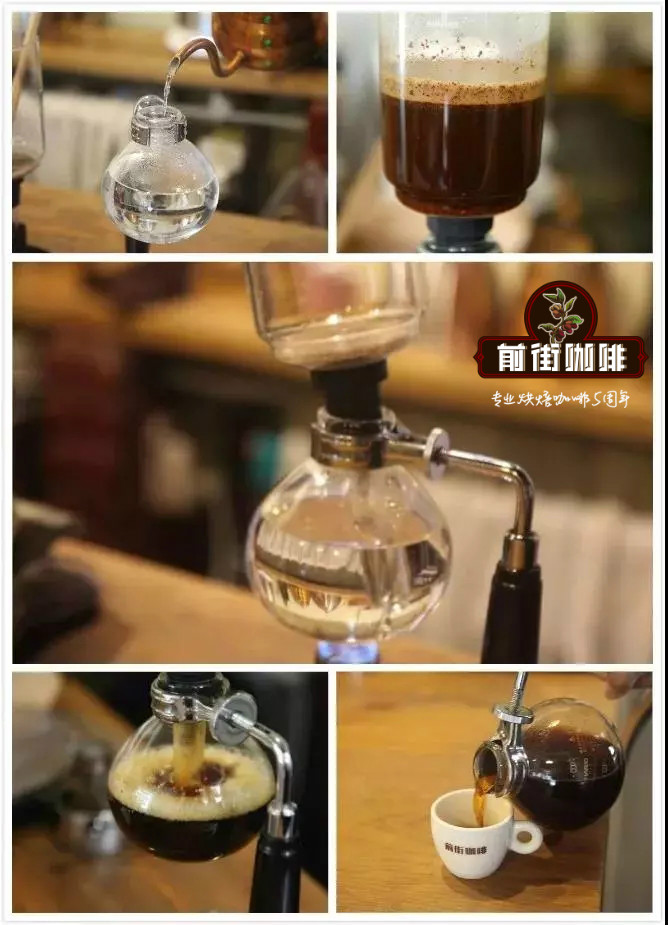
For more information, please follow the coffee workshop (Wechat official account cafe_style)
| | hand-brewed coffee |
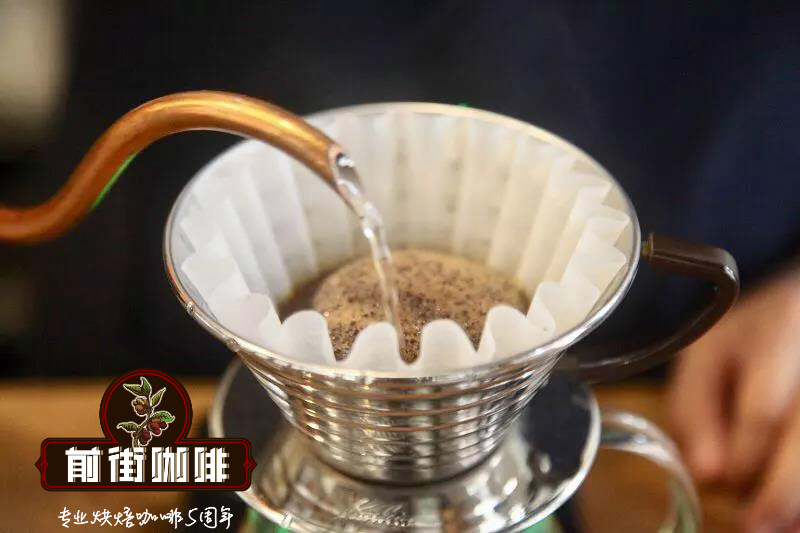
The prototype of hand-brewed coffee was invented by an Englishman named BIGGIN, because when coffee was introduced to Britain, the Turkish soaking method was introduced to make coffee, and the British liked coffee but did not like the taste of coffee grounds, so this Mr. BIGGIN invented the prototype of velvet filtered coffee at the end of the 17th century, called BIGGIN, and then in the early 18th century. The French also invented a metal filter, but most people still like to use BIGGIN, so it was not until Europe used industrial methods to brew coffee by machine, this hand-brewed coffee utensils were used and carried forward by the Japanese.
Hand-brewed coffee is mainly brewed by filter, so it requires a little higher manipulation, water temperature, grinding and other factors, because it is filtered with filter paper, so the flavor is cleaner, and the coffee liquid looks very clear.
| siphon Coffee
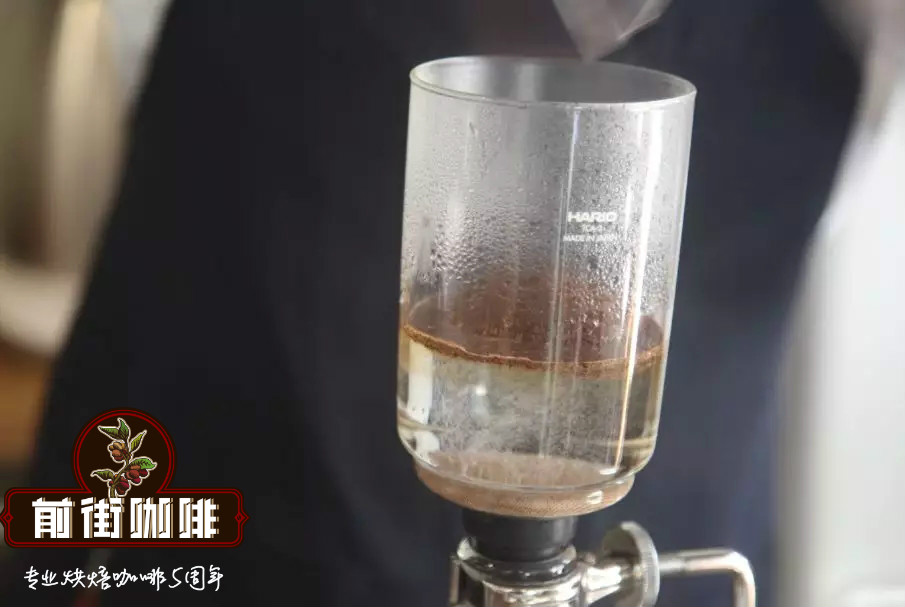
Siphon pot (Syphon), commonly known as "plug wind pot" or "siphon", is a simple and easy-to-use method of coffee brewing, and it is also one of the most popular coffee brewing methods in cafes. Although the siphon kettle has the nickname of "plug wind type", it has nothing to do with the siphon principle, but uses water to heat and produce water vapor, resulting in the principle of thermal expansion and cold contraction.
Siphon coffee pot is most common in Taiwan and Japan. It is said that it was first invented by Scottish shipbuilder Robed Napier, and also appeared in Germany in 1830. Finally, it was continuously improved by France and Britain into the upper and lower parts of the coffee pot. Under the action of heating and atmospheric pressure, heating makes the water go up (hot air rises), coffee is filtered down (cold air drops) after the heat is turned off, to complete the soaking and filtering coffee pot. It tastes so elegant that the producer seems to be a researcher.
Brewing coffee in a siphon pot gives a high-end feeling, just like doing an experiment in a laboratory. The main principle of coffee extraction in the siphon pot is realized through the pressure difference. First, the lower cup of water is heated to boiling, and then inserted into the upper pot, so that the lower pot is in a state of high pressure. Due to the pressure difference between the lower pot and the upper pot, the hot water is mixed with the upper pot coffee powder and extracted. After the extraction process, the fire source of the lower pot is removed, so that the pressure difference between the lower pot and the upper pot is instantly reduced. The siphon between the upper pot and the lower pot will cause the coffee extract to return to the lower cup.

The siphon pot is mainly soaked, so the coffee brewed will be more balanced and mellow. Because it is filtered with flannel, unlike the filter paper, flannel filtration retains a little grease, and a thin layer of grease can be found on the surface of the coffee liquid carefully, which is why it tastes smoother.
So what are the characteristics of the coffee made by the way these two kinds of coffee are made? So we made a pot with [Yemeni mocha] by hand flushing and siphoning respectively.
Hand punching parameters: V60 filter cup, grindability is BG 5R (Chinese standard No. 20 sieve 64%), water temperature is 89 ℃, ratio of powder to water is 1:15, (steaming starts) the total time is 2 minutes 39 percent 01 "
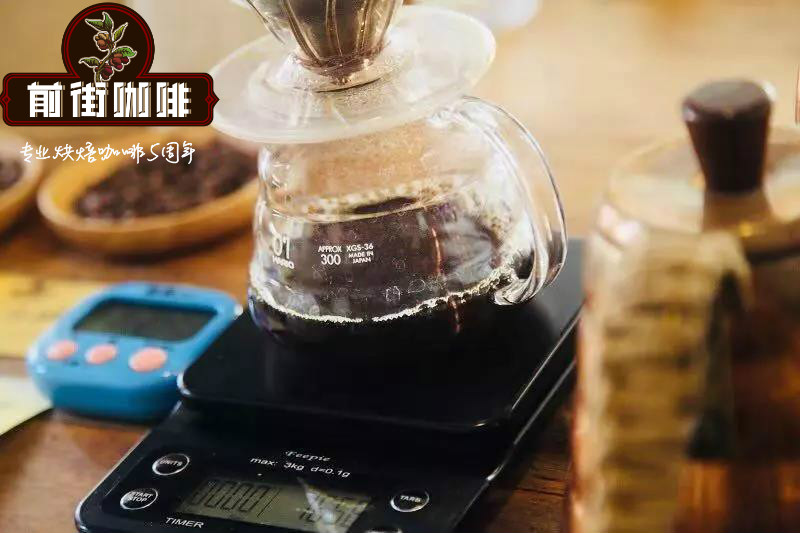
Technique: 26 grams of water steaming for 30 seconds, water injection to 125 grams section, when the water level gradually exposed the powder bed, continue to inject water to the end of 226 grams, water level drop is about to expose the powder bed to remove the filter cup.
Siphon parameters: grinding degree BG 6A (55% pass rate of Chinese standard No. 20 screen), water temperature 87 ℃, powder / water ratio 1:13, total time 1: 10 "

Technique: when the water arrives in the pot, pour the powder into the pot, stir the cross twice after adding the powder, stir five times in a circle after 35 seconds, remove the fire source after 50 seconds, remove the fire source, wipe off the pot with a semi-wet rag and let the coffee liquid flow back.
Hand-boiled Yemeni mocha, the entrance will have a bright but soft and round grape acidity, the aftertaste is dark chocolate, the flavor is rich.
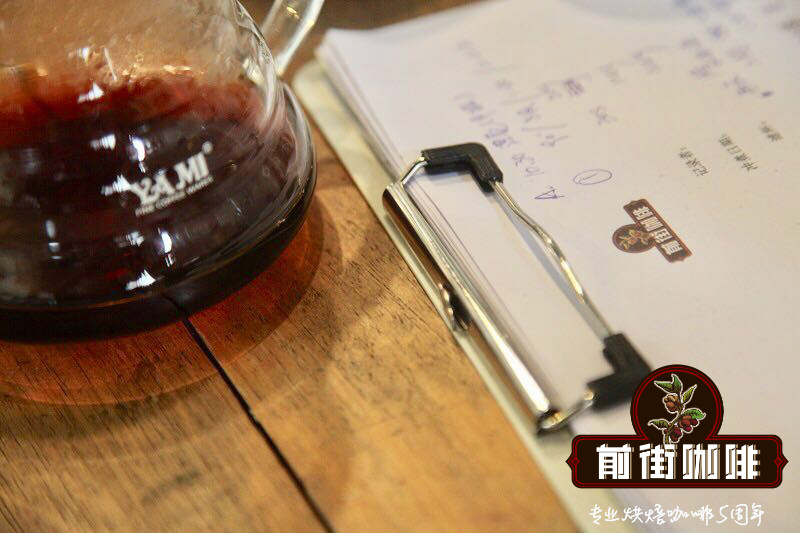
The Yemeni mocha boiled by siphon has a relatively mellow taste, clear and balanced flavor, with soft and round fruit acid, grape and red berries in the mouth, dark chocolate flavor and long-lasting caramel.
The editor believes that the biggest difference between hand-brewed coffee and siphon coffee is probably the difference in alcohol thickness and balance. The coffee brewed from the siphon pot will have a mellow taste and a more balanced feeling as a whole, while the coffee brewed by hand may be slightly better at the flavor level. Which tastes better? It depends on which style of coffee you like. Still, as the old saying goes, it all depends on the individual.
Important Notice :
前街咖啡 FrontStreet Coffee has moved to new addredd:
FrontStreet Coffee Address: 315,Donghua East Road,GuangZhou
Tel:020 38364473
- Prev

Which foam is easier to dissipate from whole milk or skim milk? which is better to make coffee?
Professional coffee knowledge exchange more coffee bean information Please pay attention to the coffee workshop (Wechat official account cafe_style) high-calcium and skim milk can not foam, please use fresh high-fat milk (note: it is the kind to be drunk on the same day; some milk companies will add milk powder: can not foam, because only fresh milk fat in a high rotation or compressed air
- Next

Siphon pot (Syphon) is commonly known as air stopper or siphon type, which is easy to operate to make good coffee.
Professional coffee knowledge exchange more coffee bean information Please pay attention to the coffee workshop (Wechat official account cafe_style) siphon pot (Syphon) commonly known as "plug wind pot" or "siphon", is a simple and easy to use coffee brewing method, is also one of the most popular coffee brewing methods in cafes. Although the siphon pot has the alias of "plug wind", it has nothing to do with the siphon principle.
Related
- What is the meaning of lactic acid fermentation with coffee bean treatment?
- How to judge the state of foam by sound?
- How does the latte pull out the unicorn pattern? Come to get for a little trick to improve the flower pull!
- Will flower pulling affect the taste of the latte?
- Do you know the history of coffee?
- The difference between honey treatment and sun washing what is raisin honey treatment?
- What kind of milk can a novice use to make coffee foam to keep the foam longer? The correct method and skills of milking tutorial sharing
- Why do washed coffee beans taste sour? Flavor characteristics of washed Coffee
- Introduction to the skill of how to practice the size and height of water injection around the circle of hand-brewed coffee
- How do beginners practice coffee flower drawing from scratch?

